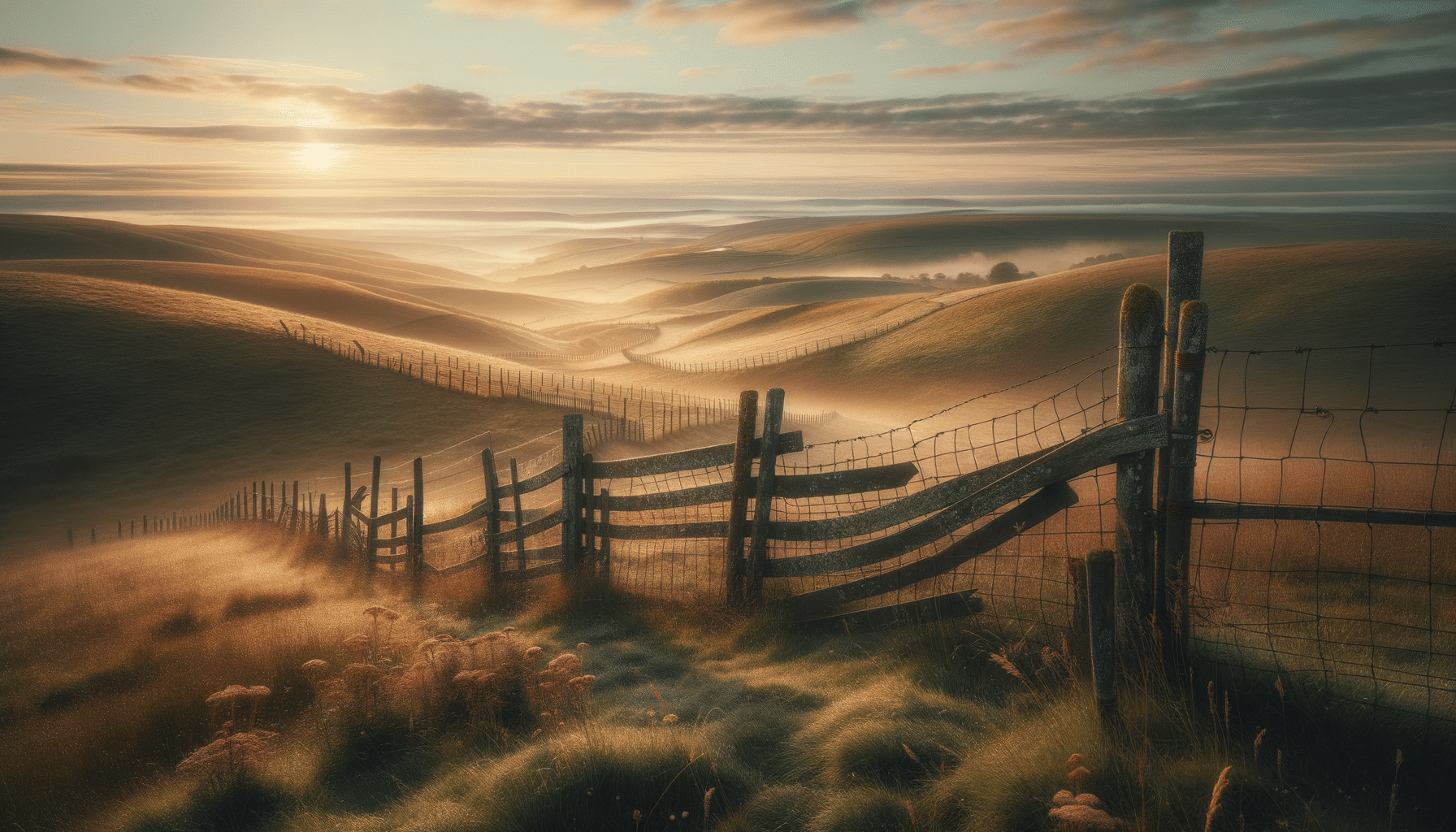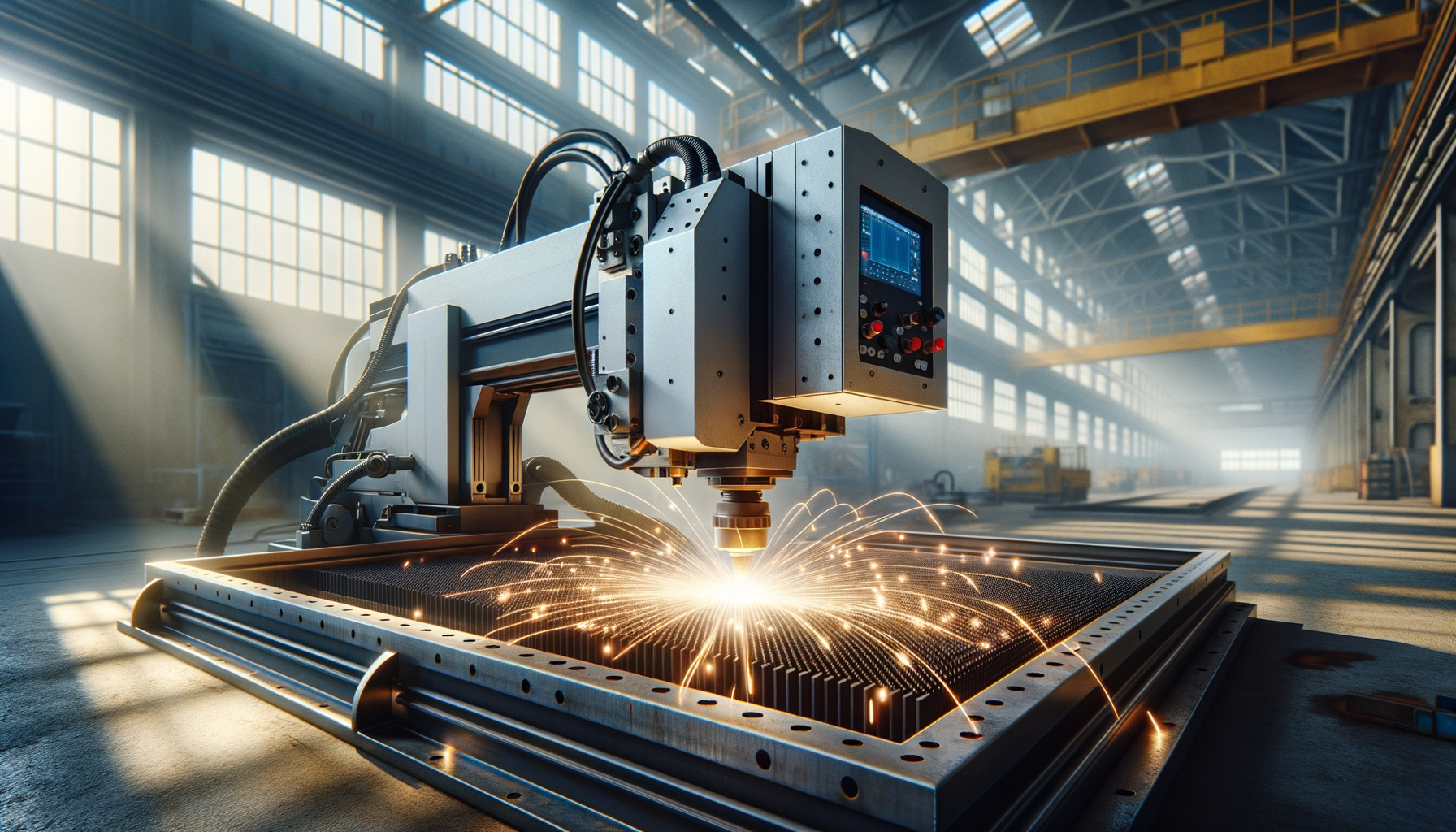
Choosing the Right Farm Fence: A Guide to Effective Agricultural Fencing
The Importance of Farm Fencing
Farm fencing plays a critical role in the agricultural industry. It serves as a barrier to keep livestock safe and prevent them from straying into neighboring properties or roads. Additionally, effective fencing helps to delineate property boundaries, ensuring that there are no disputes with neighboring landowners. Beyond its practical uses, a well-constructed fence can also enhance the aesthetic appeal of a farm, providing a neat and organized appearance.
Farmers must consider various factors when choosing the right fence. The type of livestock, the size of the property, and the local climate conditions all influence the type of fencing that will be most effective. For instance, larger animals like cattle require sturdier fences than smaller animals such as sheep or goats. Additionally, farmers in areas with extreme weather conditions must select materials that can withstand such challenges.
Ultimately, the right fence not only ensures the safety and security of livestock but also contributes to the efficient management of a farm. Properly installed fences minimize the risk of animals escaping, which can lead to financial losses and safety hazards. Therefore, investing in high-quality fencing is a crucial decision for any farm owner.
Types of Farm Fences
There are several types of farm fences available, each with its own advantages and disadvantages. Understanding these options can help farmers make informed decisions based on their specific needs.
- Wire Fencing: This is one of the most common types of fencing used in agriculture. It includes barbed wire, woven wire, and high-tensile wire. Wire fencing is versatile and can be used for various livestock types. However, the installation can be labor-intensive, and maintenance is necessary to prevent rust and damage.
- Wood Fencing: Known for its aesthetic appeal, wood fencing is often used in horse farms. It provides a sturdy barrier but requires regular maintenance to protect against weathering and rot. Wood fences are also more expensive than other options.
- Electric Fencing: This type of fencing uses electric shocks to deter animals from crossing the boundary. It is cost-effective and easy to install. However, it requires a power source and regular checks to ensure functionality.
- Vinyl Fencing: A durable and low-maintenance option, vinyl fencing is resistant to weather and pests. It is more expensive upfront but offers longevity and minimal upkeep.
Each type of fencing has specific uses and benefits, making it crucial for farmers to assess their needs and budget before making a selection.
Considerations for Choosing Farm Fencing
When selecting the appropriate farm fence, several considerations should be taken into account to ensure the choice aligns with the farm’s needs and conditions.
- Purpose: Determine the primary purpose of the fence. Is it for keeping livestock contained, protecting crops, or marking property lines? The purpose will guide the choice of materials and design.
- Animal Type: Different animals have different fencing requirements. For example, fences for cattle need to be strong and high, while poultry fences should be designed to prevent small animals from slipping through.
- Budget: Costs vary significantly between different fencing types. While some options may have a higher initial investment, they might offer better durability and lower maintenance costs over time.
- Environment: Consider the local climate and terrain. Fences in areas with high winds or heavy snowfall need to be built to withstand these conditions.
By carefully evaluating these factors, farmers can choose a fence that provides the necessary functionality while also being economically viable.
Installation and Maintenance Tips
Proper installation and maintenance are key to ensuring the longevity and effectiveness of farm fences. Here are some tips to help with both aspects:
- Plan Thoroughly: Before installation, plan the layout of the fence. Consider the terrain, access points, and any obstacles that might affect the fence line.
- Use Quality Materials: Investing in high-quality materials can prevent frequent repairs and replacements. This includes durable posts, wires, and fasteners.
- Regular Inspections: Conduct regular checks to identify any damage or wear. Prompt repairs can prevent small issues from becoming major problems.
- Seasonal Maintenance: Different seasons can pose various challenges. In winter, ensure that fences are free from snow buildup, while in summer, check for rust or rot.
By following these guidelines, farmers can maintain robust and reliable fences that serve their intended purpose effectively.
The Future of Farm Fencing
As technology evolves, so too does the field of farm fencing. Innovations are making fences more efficient and easier to manage. For example, smart fencing systems are being developed that use sensors to monitor the condition of the fence and alert farmers to any breaches or maintenance needs.
Additionally, sustainable materials are becoming more popular, offering environmentally friendly alternatives to traditional fencing materials. These advancements not only enhance the functionality of fences but also reduce the environmental impact of farming operations.
With ongoing research and development in agricultural technology, the future of farm fencing promises to bring even more improvements that will benefit farmers and the environment alike.


